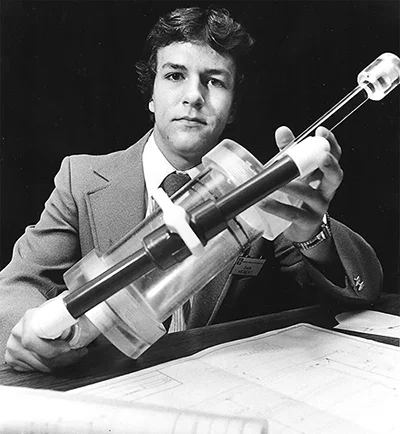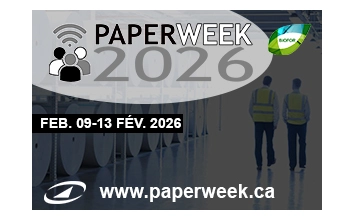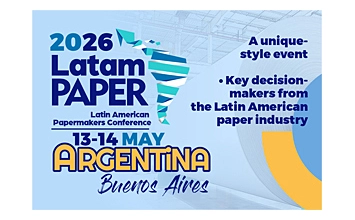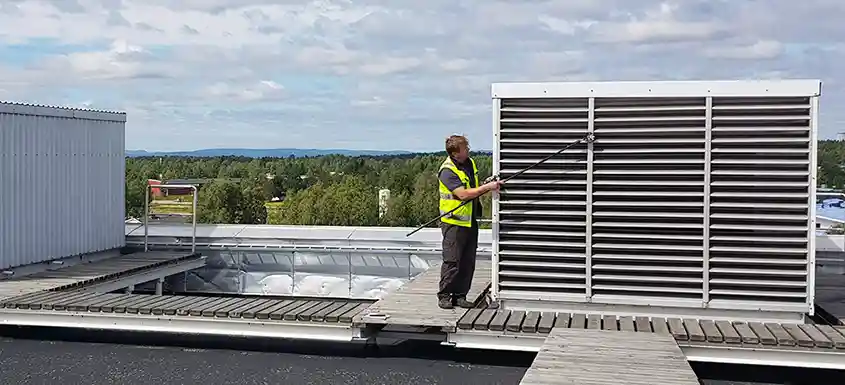Product innovation often happens in the lab, but one of the most unusual breakthroughs connected to Georgia-Pacific’s consumer products business took place far above Earth—212 miles above it, aboard the Space Shuttle Columbia.
As the company prepares to mark the 40th anniversary of this achievement, it is revisiting a remarkable chapter in industrial and scientific history: the creation of the first—and still the only—sheets of paper ever manufactured in space. The 1986 experiment grew from an improbable idea proposed by a Wisconsin high school student and evolved into a rare collaboration between education, science and industry.
An Idea That Took Flight
In 1983, Daniel Hebert, a student at Appleton West High School, entered NASA’s Shuttle Student Involvement Project with a proposal to study how microgravity might affect the formation of paper fibers. His experiment was selected, opening the door to a partnership with scientists at the Neenah Technical Center (NTC), then part of James River Corporation and now integrated into Georgia-Pacific’s consumer products business.
Working together, Hebert and the NTC team engineered a handheld paper-forming device capable of operating in microgravity. The tool was designed specifically for the confined, near-weightless environment of a space shuttle.
 Daniel Hebert, a student at Appleton West High School in Wisconsin, entered a NASA competition in the early 1980s, creating a device to make paper in space. His device was selected, and paper was created in space on the shuttle Columbia in 1986 by NASA astronauts. Source: Georgia-Pacific
Daniel Hebert, a student at Appleton West High School in Wisconsin, entered a NASA competition in the early 1980s, creating a device to make paper in space. His device was selected, and paper was created in space on the shuttle Columbia in 1986 by NASA astronauts. Source: Georgia-Pacific
A Scientific First
On January 14, 1986, the experiment took place simultaneously aboard Columbia and at the NTC facility on Earth. Running the test in both environments allowed researchers to directly compare fiber behavior under terrestrial gravity and microgravity—an unprecedented opportunity for the pulp and paper sector.
The result was historic: the first and only sheets of paper ever formed in space, produced through an experiment that blended academic curiosity, scientific problem-solving and industrial expertise.
Preserving a Legacy
Nearly four decades later, renewed efforts are underway to document and preserve this milestone. Over the past year, researchers have conducted interviews with members of the original project team and gathered a wide range of primary materials, including sketches, engineering drawings, and the original handheld device that flew aboard the shuttle.
These artifacts will be featured in a special exhibition opening in January 2026 at the History Museum at the Castle in Appleton. Visitors will have the opportunity to see the space-flown apparatus up close, along with rare sheets of paper produced in orbit and early design documents from the collaboration.
The exhibit celebrates an achievement that began with an improbable idea—one that continues to highlight the power of curiosity, community partnership and scientific exploration.
Georgia-Pacific is a leading U.S.-based manufacturer of pulp, paper, packaging, tissue and building products. Headquartered in Atlanta, the company operates facilities across North America and serves customers in the retail, commercial and industrial sectors. Its Wisconsin-based consumer products and technical teams play a longstanding role in research and development within the pulp and paper industry.
Source: Georgia-Pacific

























































